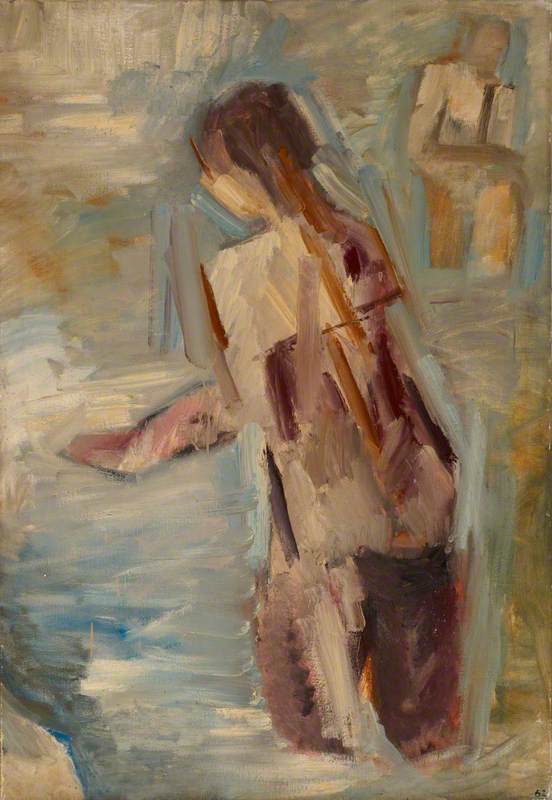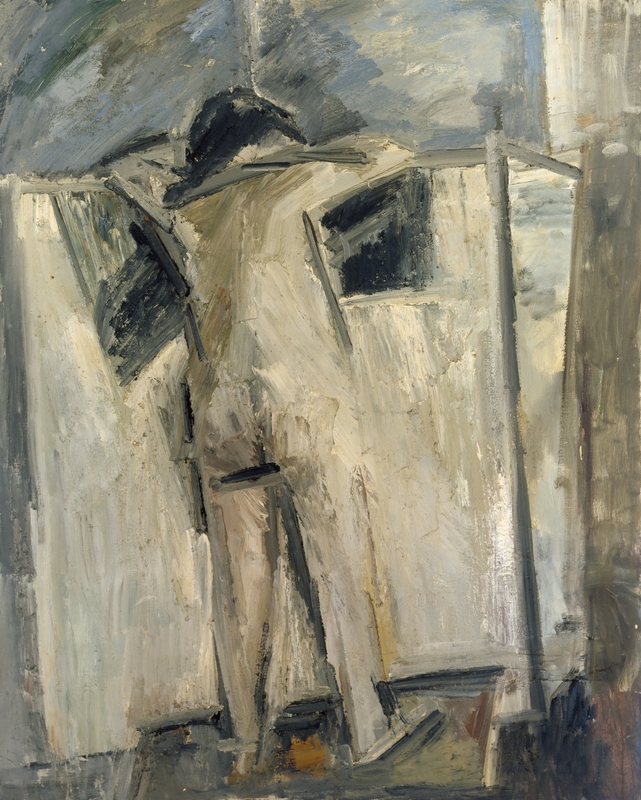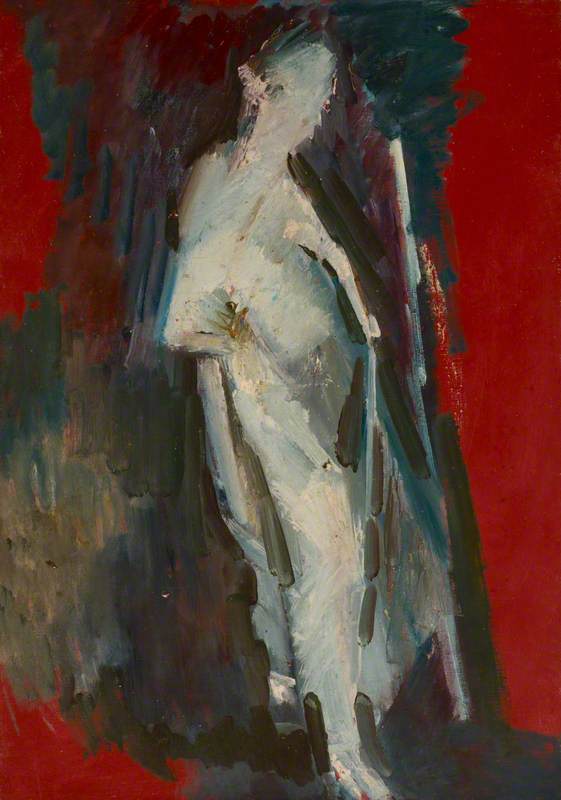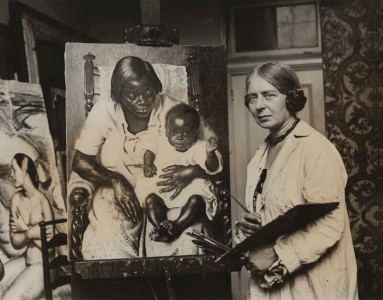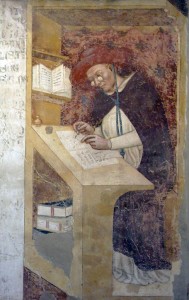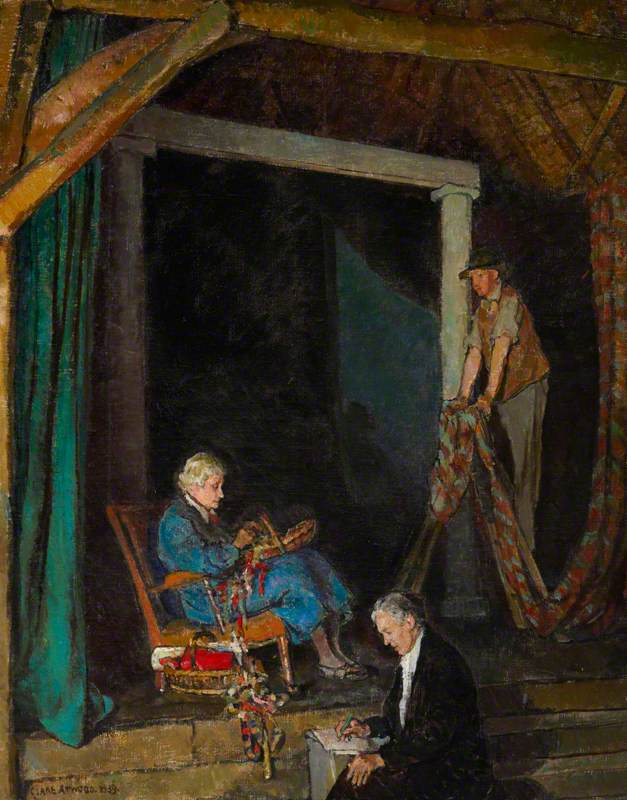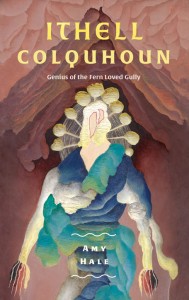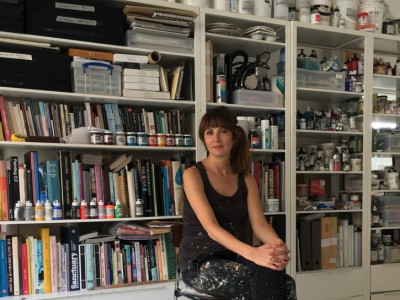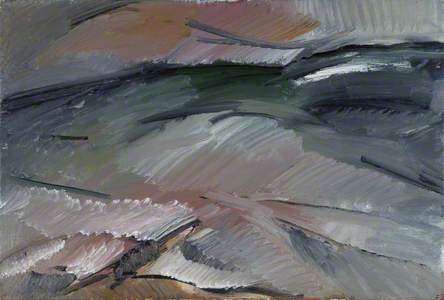Fêted in her time as a promising young artist, Dorothy Mead (1928–1975) was included alongside Bridget Riley, Peter Blake and David Hockney in the Arts Council's '6 Young Painters' exhibition of 1964.
Dorothy Mead
photograph 
She was elected the first woman president of the London Group in 1971, the same year her work entered the Tate collection, yet her name is little known today. Despite critical admiration of her work, Mead never had a solo show in her lifetime, the first taking place some 30 years after her death. Mead believed her difficulty establishing her reputation was due to her gender and became an avowed feminist. Her sister Val Long remembered, 'She once said to me that she thought she would change her name to 'George', as people didn't hold much score for women artists.'
In a photograph, preserved in the Borough Road Group Archive, Mead descends a stairwell plastered with advertisements for art exhibitions, including for a joint show held with fellow painter Cliff Holden. She is the epitome of feminine chic in a fitted cocktail dress and long black gloves, but her name on one poster reads 'D. Mead', giving no sign of her gender.
She first trained under David Bomberg in the 1940s, and founded the Borough Road Group with other students of his who included Holden, Edna Mann, Peter Richmond and Dennis Creffield.
To pay her way, Mead also taught (at Morley College, Chelsea School of Art and Goldsmiths) and worked as an animator for several studios. She contributed to John Halas and Joy Batchelor's version of George Orwell's Animal Farm (1954), and Polygamous Polonius (1960) for the director Bob Godfrey. The latter film, now considered a classic, tells the story of a middle-aged woman art historian whose lectures about great nudes in art excite a man in the audience. She misunderstands his interest, thinking he wants to marry her, when in fact he enjoys art for the same reason he likes pin-up girls. The film, which was animated by three women (including Mead) and one male animator, is fascinating for its style, a mixture of cartoon, collage and text which pre-empts a lot of the popular visual culture that was to come in the sixties, and for its comic vision of the sexual mores of the time.
When Mead returned to art training as a mature student at the Slade in the late 1950s, her clear-eyed criticism of the world around her led to trouble. Her work was praised and she was awarded two student prizes, but she refused to undertake the perspective part of the Slade course, writing to the Slade Professor, Sir William Coldstream, that this was 'completely alien' to her art. Her argument and thesis were rejected, and she was not allowed to graduate.
Paintings from these years include the powerful Study from the Antique (seen above), and the provocative and mysterious Transvestite, whose title helps to transform the previously common art college subject matter of the draped figure in the life studio into an uncommon work. It hints that Mead was finding rigidly reinforced 1950s roles and rules obstructive, exploring complexity and ambiguity.
What holds the eye in Mead's work is the sheer expressive force and exuberance of the paint. She manages to refine whatever she is painting – a face, a landscape, a vase of flowers – into a series of powerful directional gestures, creating a structural scaffold and a sense of the truth that lies 'beneath the skin' of things. In her Self Portrait of 1960, one of only five by women artists (along with Anne Redpath) among 95 men to be bought by Ruth Borchard for her collection, Mead shows no interest in the detail of her appearance (even though she was known for her personal style).
In fact, the gender of the face is not clear. Such things are not important in art, the portrait seems to imply, what matters is the essence of the subject finding its equivalent in paint. Her work Meeting of 1964 is also subtly subversive: figures merge into each other and the furniture in a symphony of drab greys and putty colours.
Perhaps this was drawn from her own experience of tedious hours spent in college staff meetings or artists committees. By contrast, Mead's paintings of her environment, which included the city, and land and seascapes – such as Light on the Sea – give an impression of great space captured with rigorous yet exultant vigour.
In Mead's last works, forms were often more tightly drawn and contained within an outline, such as the Cézanne-esque Self Portrait, of 1973, painted only two years before her early death aged 46, in which she shows herself, one breast bared, before a mirror, hand to her face, as if her presence there is still in question.
Alicia Foster, curator
